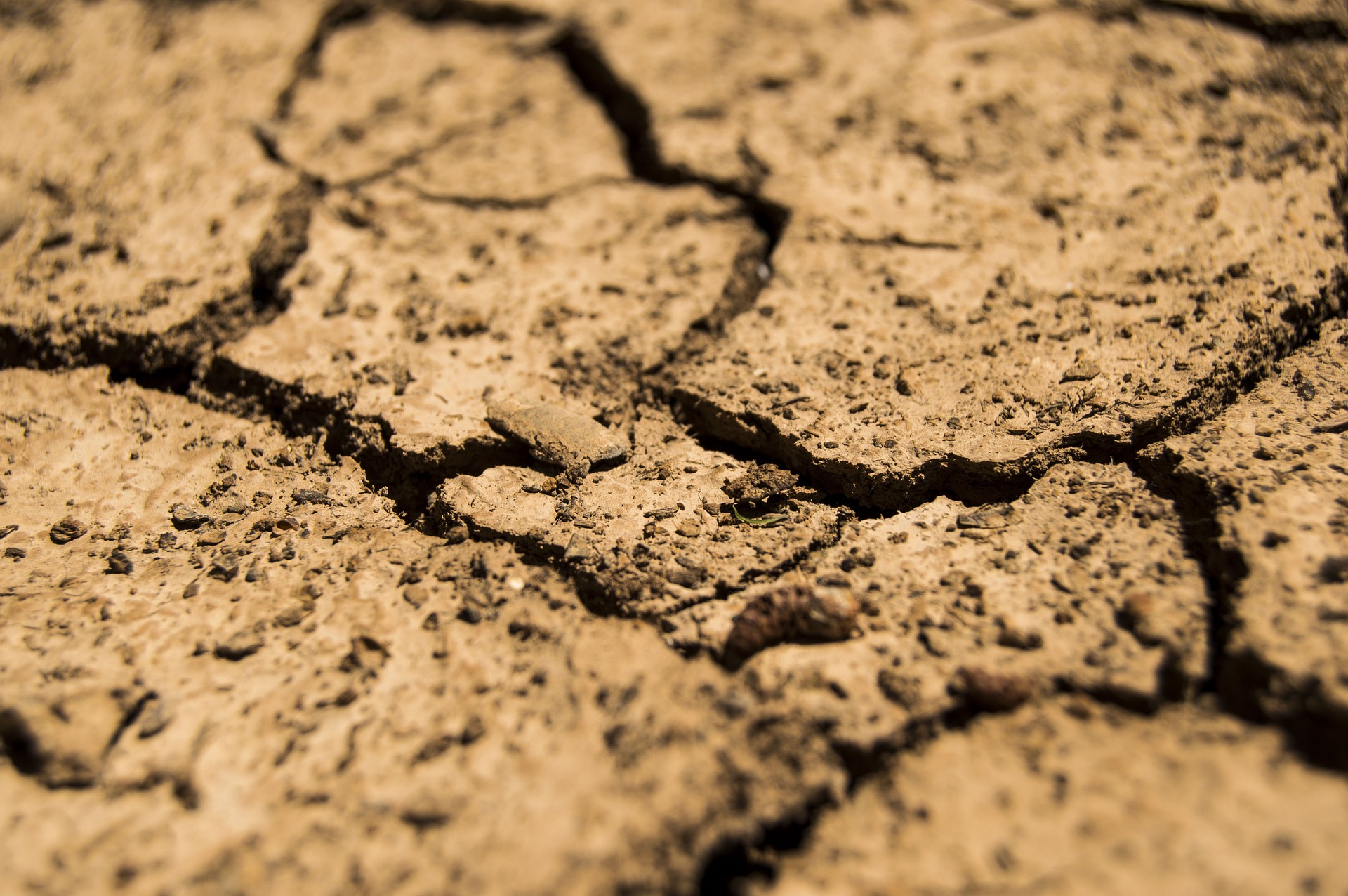Originally posted at the Public Policy Institute of CA.
By Jelena Jezdimirovic, Jeffrey Mount.
Thanks to the January rains, hopes for an end to the latest drought are rising along with reservoir levels. But the reality is, drought is occurring somewhere in the West practically all the time.

Over the past decade, except for a few brief wet periods, more than a quarter of western lands have been in drought. Since 2012, more than half of the West has been hit, with large areas facing extremely dry conditions.
To get a better sense of how drought conditions vary across the region over time, we created a time-lapse animation using the maps released weekly by the US Drought Monitor.
The 10-year span shows strong regional differences. Droughts in California and the Pacific Northwest tend to develop and end relatively quickly. In contrast, parts of the Colorado Basin have been dry for much of the past decade or longer—a situation that is proving difficult to manage.

The rain and snow we’ve experienced already in this wet season have made modest dents in the latest drought. And there’s been a pronounced turnaround in the Pacific Northwest, where unusually severe storms have moved much of the region out of drought.
California’s above-average snowpack in is encouraging, and it seems that the outlook for 2016 is improving. But these graphics remind us that droughts never truly leave the West. As we highlight in our recent report, Improving the Federal Response to Western Drought, California—like its western neighbors—must continue to strengthen its water management to better cope with ongoing drought and prepare for the next.





